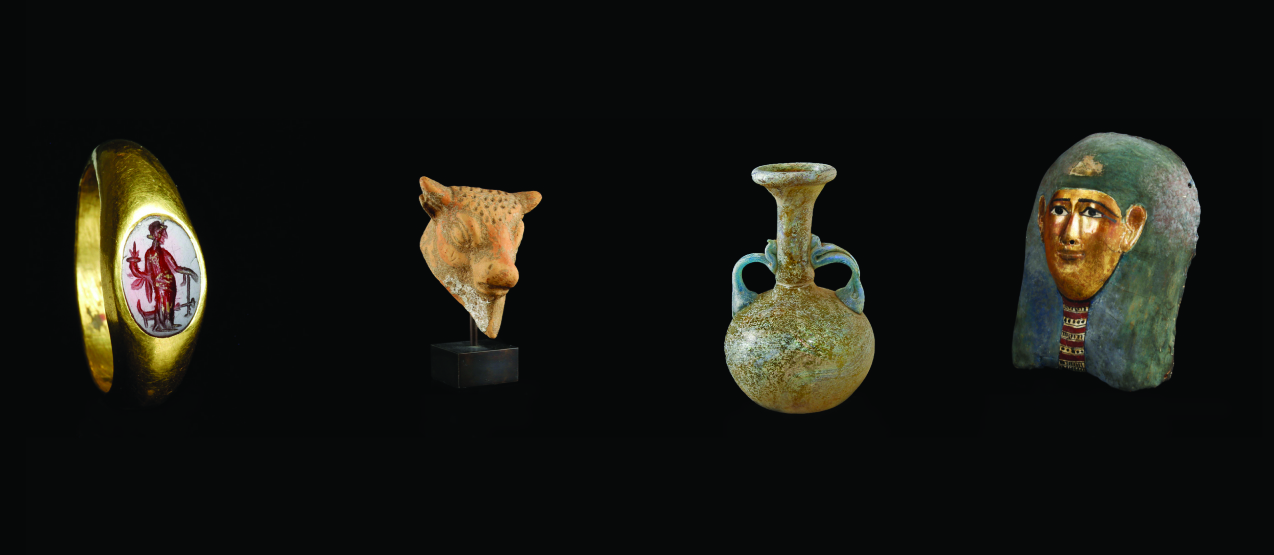Antiquities encompass a wide range of items made of various materials. Some examples are Roman marble sculpture, medieval manuscripts, Greek pottery and Roman jewellery, to name but a few. Ancient pieces range from the ones created solely for aesthetic appreciation to others intended for everyday use in the ancient world. The timeline of ancient art covers the largest part of human history, more than any other type of art: from Palaeolithic beginnings and, in trade terms, extending even into the early Middle Ages, thousands of years of art are represented in antiquities galleries.
Ancient pieces sold in London also demonstrate an incredible geographical diversity. Hence, you might find a Celtic brooch next to a Tang Dynasty statue in the same shop. An antiquities dealer might specialize in certain areas; however most of the London-based dealers will be able to provide a great choice of antiquities and accompanying information. London has one of the oldest and well-developed antiquities trades in the world with highest levels of self-regulation, legal regulation and expertise. The trade has been forward thinking and at the forefront of the preservation of cultural heritage, constantly updating codes of practice and collaborating with museums and authorities.
To collect ancient art means that you are acquiring something that is unique evidence of a particular moment in history. It is rare, it is one of a kind, and it requires understanding and care. Upon purchasing an ancient piece make sure to follow these guidelines:
How to find a reputable dealer. There are certain requirements that dealers have to fulfill to be able to join trade associations. Belonging to a trade association means a higher level of protection for you as a customer and for the dealers as well. If anything goes wrong with your purchase and you are unable to reach a solution with a dealer, you can address these organizations to help you with resolution and mediation. For antiquities, relevant associations are: Antiquities Dealers Association (ADA), LAPADA, International Association of Dealers of Ancient Art (IADAA), Association of International Antiquities Dealers (AIAD) and Confédération Internationale des Négociants en Oeuvres d’Art (CINOA). The websites of these organizations will provide you with lists of trustworthy dealers.
Due diligence is essential. Due diligence encompasses a system of checks that trade professionals need to complete to ensure that items they sell are not faked, looted or stolen. Apart from providing their own connoisseurship this might include consulting other experts and restorers. For items of higher value, this includes checking the object against an online database of stolen items, such as the Art Loss Register or Art Recovery.
Make sure you retain any receipts or certificates provided upon purchase. These become a part of the provenance of the object. Provenance is a widely discussed issue within the antiquities trade. Noticeably, the higher the value and the significance of the item, the more details are needed. A common Roman lamp of low value will not require the same level of due diligence as an elaborate gold Persian rhyton worth millions of pounds. For the most detailed and up to date guidelines on types of provenance and national and international laws governing the antiquities trade, visit www.theada.co.uk.
Guarantee of authenticity. All reputable dealers guarantee authenticity of ancient art they sell. They will provide a certificate of authenticity for the item that should include a photo, description, and condition of the item at the time of sale to the best of their knowledge. This protects your rights as a client. Remember – you always have a choice to return your items in the period prescribed by law and the Terms and Conditions of sale of the dealer of your choice.
Be mindful of the condition of the item. You are buying an item that is hundreds, sometimes thousands of years old – it will not be perfect and it might be subject to natural change/decay over time. Make sure that you always use experts for any restoration, storing, mounting, cleaning or repairs of your ancient pieces. As with all artworks, antiquities might require some maintenance. Some items might change in appearance: bronze might develop additional patina or bronze disease, jewellery might break if not treated with care and ancient glass might change colour or flake. These are only some of the possible scenarios that could occur with your item as a result of natural processes or improper care. Avoid exposing the items to any drastic changes in temperature, humidity or brightness.
In conclusion, in buying from a reputable dealer you are assisting the preservation of cultural heritage that normally would not find a place in a museum and supporting the legal trade of ancient art. The trade, museums and academia are inextricably linked in fostering research, preservation and conservation of artefacts. Nowadays, many dealers and trade associations support preservation by fundraising for museums and by contributing to research and scholarship with grants or expertise. Many private collectors choose to publish and lend their collections to museums and institutions, exchanging ideas and expertise with academics and the public alike.
By Ema Šikić of C.J. Martin (Coins) & Ancient Art Ltd.


